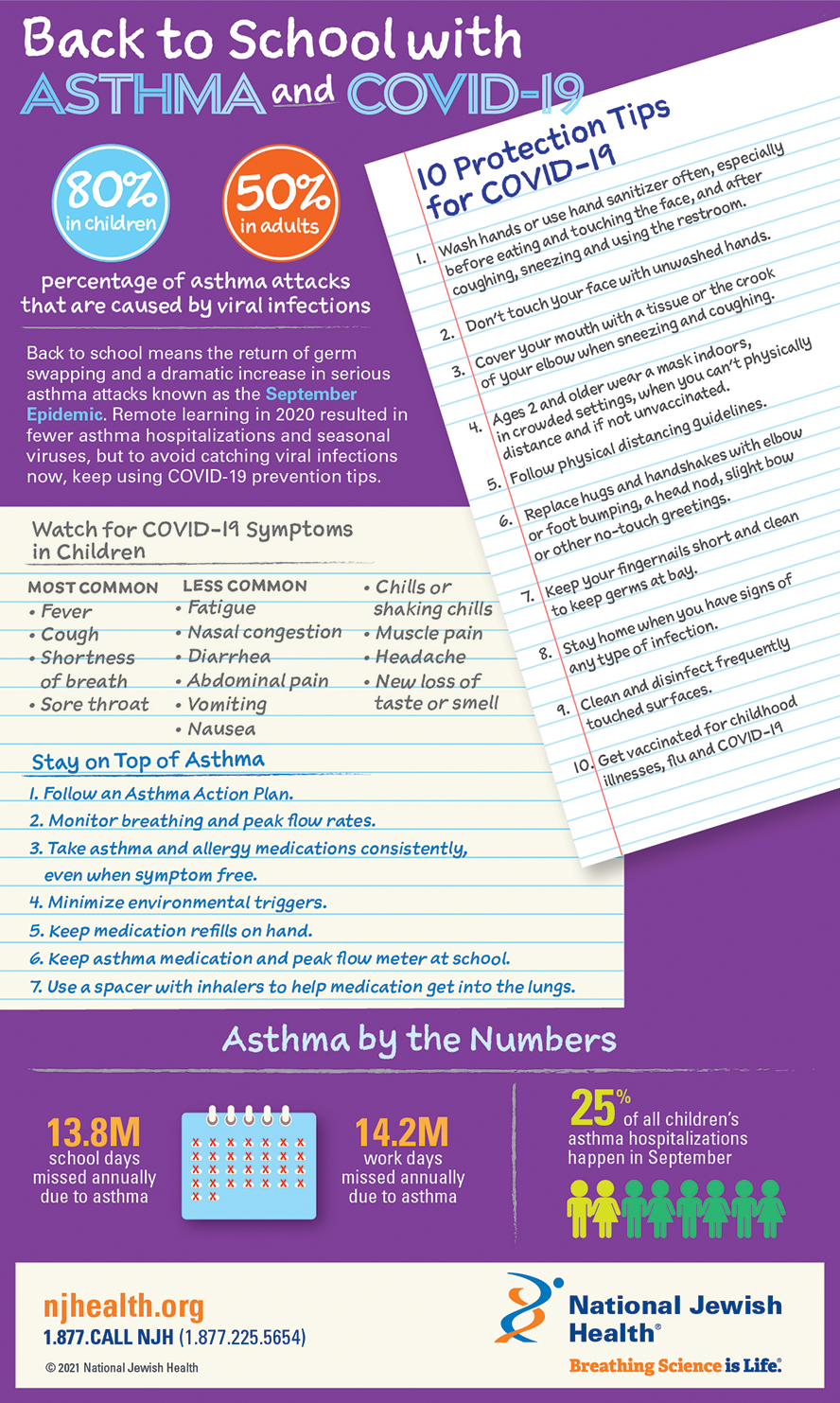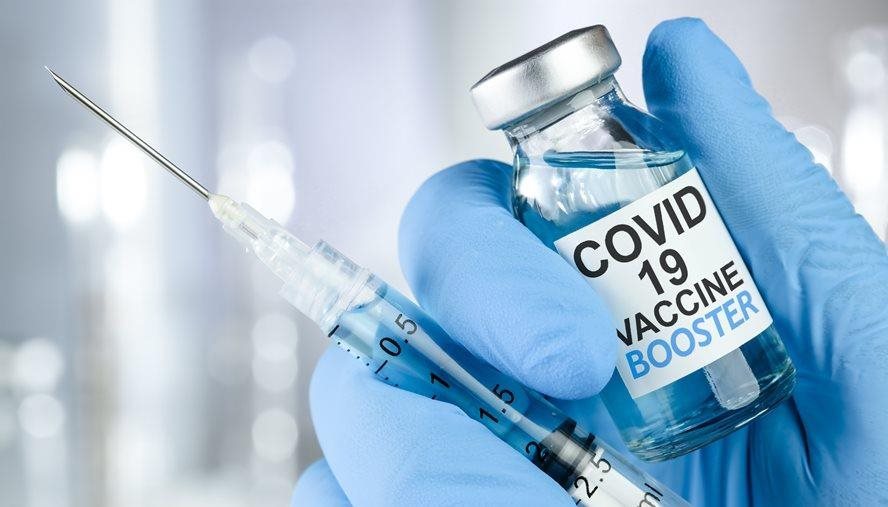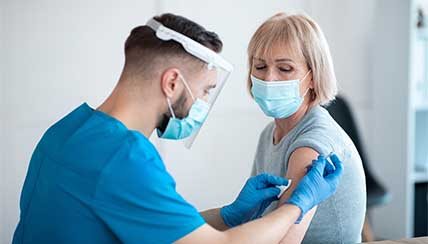Back to School with Asthma & COVID-19
This information has been reviewed and approved by Ronina Covar, MD (August 2021).
Back to School with Asthma & COVID-19
Back to school usually means the return of germ swapping and a dramatic increase in serious asthma attacks known as the September Epidemic. In 2020, there were fewer asthma hospitalizations and less children affected by seasonal viruses during remote learning. As students return to the classroom in 2021, keep using COVID-19 prevention tips to avoid catching viral infections and to keep your family healthy.
Percentage of asthma attacks that are caused by viral infections:
80% in children
50% in adults
Ways to Protect Against COVID-19
- Wash hands or use hand sanitizer often, especially before eating and touching the face, and after coughing, sneezing and using the restroom.
- Don’t touch your face with unwashed hands.
- Cover your mouth with a tissue or the crook of your elbow when sneezing and coughing.
- Ages 2 and older wear a mask indoors and in crowded settings, when you can’t physically distance and if not fully unvaccinated. Follow social and physical distancing guidelines
- Replace hugs and handshakes with elbow or foot bumping, a head nod, slight bow or other no-touch greetings.
- Keep your fingernails short and clean to keep germs at bay.
- Stay home when you have signs of any type of infection.
- Clean and disinfect frequently touched surfaces.
- Stay current on immunizations including the flu vaccine.
- Get vaccinated for childhood illnesses, flu and COVID-19.
Watch for COVID-19 Symptoms in Children
Most common
- Fever
- Cough
- Shortness of breath
- Sore throat
Less common
- Fatigue
- Nasal congestion
- Diarrhea
- Abdominal pain
- Vomiting
- Nausea
- Chills or shaking chills
- Muscle pain
- Headache
- New loss of taste or smell
Stay on Top of Asthma
- Follow an Asthma Action Plan.
- Monitor breathing and peak flow rates.
- Take asthma and allergy medications consistently, even when symptom free.
- Minimize environmental triggers.
- Keep medication refills on hand.
- Keep asthma medication and peak flow meter at school.
- Use a spacer with inhalers to help medication get into the lungs.
Asthma by the Numbers
- 13.8M school days missed annually due to asthma
- 14.2M work days missed annually due to asthma
- 25% of all children’s asthma hospitalizations happen in September
More Information on COVID-19
More Information on Pediatric Asthma
The information on our website is medically reviewed and accurate at the time of publication. Due to the changing nature of the COVID-19 pandemic, information may have since changed. CDC.gov and your state’s health department may offer additional guidance. |



